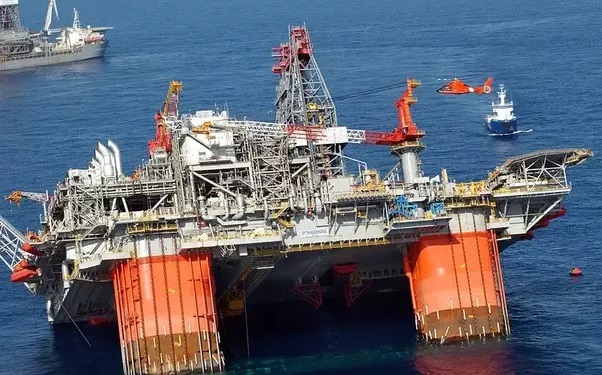Purpose
BCO (Ballast Control Operator) course is as per IMO Resolution A.1079(28) adopted on 4th Dec 2013. BCO course is applicable for non propulsion vessel such as Construction, Pipe-lay and Accommodation barges; Semisub and Jackup drilling units etc which use anchor to stay in position. This course is open to any mid level offshore rig worker.
Ballast Control Operator course is open to any mid level offshore rig worker. Those having STCW Officers and Engineer license (2nd mate, Mate, Master, 3rd Eng, 2nd Engr,Ch. Engr) will also be required to do this course to take up the job as BCO / CRO.
The course is approved by Liberia (LISCR) flag state. On completion of the course you get Certificate of Proficiency approved by Liberia Flag State. The certificate has no expiry and is valid for lifetime.
Prerequisite
The syllabus covers Ballast Control Operator
Basic Stability Ballast Control operator
- Understanding of general terms, i.e. displacement, draught, trim, heel, freeboard, buoyancy, reserve buoyancy, etc.
- Understanding of centre of gravity, centre of buoyancy, position of metacentre, righting lever and its effect on transverse stability
- Stable, unstable and neutral equilibrium
- Theory of moments applied to stability including the effects of movement of heavy lifts
- Effect of adding, removing and shifting weight; calculation of vertical, transverse and longitudinal shift of centre of gravity
- Understanding of the inclining experiment report and its use
- Effect of free surface on stability and factors affecting same
- General understanding of change of trim, trimming moments, longitudinal metacentre and longitudinal stability
- Use of hydrostatic curves, deadweight scale and hydrostatic tables
- Use of cross curves to produce a curve of statical stability and information from curve;
- Dynamic stability; synchronous rolling and angle of loll; stability criteria for MOUs;
- Effect of mooring system on stability
- Daily loading calculations
Application of stability knowledge, including the relevant theory and calculations
- Deck loads and effect on stability; change in lightweight
- Examination of ballasting systems and procedures
- Response to systems failures including station-keeping systems, damage to structures and subsequent action
- Damage control procedure, watertight compartments counter-flooding, use of pumping systems and cross-connections
- Environmental conditions and their effect on stability
- Unit and environmental limitations and criteria for changing to survival condition
- Zones of reduced stability, precautions to take, unsymmetrical ballasting/deballasting and importance of sequence with regard to stress
- Theory of calculations carried out on daily loading sheet, variations in chain deployed and effect on vertical moment
- Emergency procedures
Ballast Control Operator
| Course | Fee (INR) | Date Commence | Duration | Course Timing | Remarks |
|---|---|---|---|---|---|
| BCO | 45,000 | Once Every Month | 5 days | Virtual – 7 PM India Time | LISCR (Liberia) Approved |

